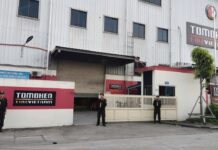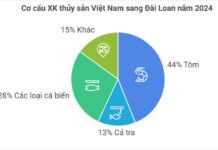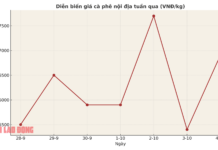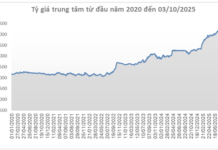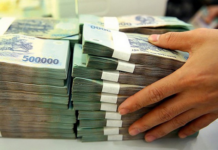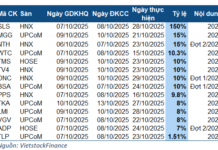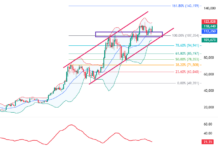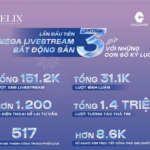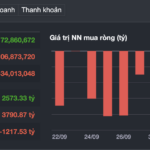The celebrations for the 80th anniversary of the August Revolution and National Day on September 2nd are not just a chance to honor our heroic history, but also a statement of a new, vibrant, and globally-aspiring Vietnam. Techcombank’s participation showcases its community spirit and actively contributes to making these important anniversaries memorable.
The V Concert and V Fest, held on the evenings of August 9th and 10th, 2025, at the Vietnam Exhibition Center in Dong Anh, Hanoi, were highlights of this journey. The “V Concert” proudly showcased a spirit of national pride with its theme, “Radiant Vietnam,” and featured a diverse range of top stars from different generations and artistic fields. The following night, “V Fest” continued with a fresh and inspiring spirit, true to its name, “Radiant Youth,” celebrating culture through modern music and featuring beloved young artists.

Techcombank’s journey of community engagement didn’t stop there. We were honored to partner with the “World Police Music Festival 2025 in Vietnam,” held on the morning of August 9th at Hoan Kiem Lake and on the evening of August 10th at Ho Guom Theater. This special event commemorated the 80th anniversary of the Traditional Day of the People’s Police Force (August 19, 1945 – 2025) and the 20th anniversary of the Whole People’s Security Protection Festival (August 19, 2005 – 2025), paying tribute to those who safeguard our nation’s security and fostering a sense of unity and responsibility within the community.
On August 29th, Techcombank continued its journey by proudly supporting “Hanoi Radiant” at Turtle Tower, Hoan Kiem Lake. This 3D mapping performance, a unique blend of art and technology, offered a visually stunning tribute to the beauty of our thousand-year-old capital city, providing a treat for both locals and visitors alike.
Ms. Thai Minh Diem Tu, Director of Marketing at Techcombank, shared, “Our involvement in these significant events aligns with Techcombank’s spirit of ‘Excellence Every Day.’ Whether it’s through music, art, exhibitions, or technology, these occasions serve as touchpoints for us to spread a message of excellence and connect people to build a ‘new Vietnam.’ From comprehensive financial solutions and leading digital banking services to initiatives supporting businesses in the new era and key national projects, Techcombank continuously strives for excellence and transformation to accompany the country’s development.”

In its nearly 32-year journey of community development, Techcombank has consistently led the way in pursuing environmental, social, and governance goals. The bank has initiated numerous programs supporting education, healthcare, environmental protection, carbon offsetting, and community sports development, spreading the spirit of “running for an excellent Vietnam.” From AI technology competitions for students to partnering with authorities and locals in land clearance for key national projects, Techcombank, together with its robust financial ecosystem, demonstrates its strong commitment to playing a pivotal role in the nation’s ascendance.
The Livestream Trend in Real Estate: How Effective Is It, and Who Protects the Buyers?
The live-streaming wave of real estate sales is sweeping through the industry in the first months of 2025. But beyond the impressive view counts lie unanswered questions: What are the actual effects, and who will protect the buyers?
Unveiling Saigon Marina IFC Tower: A Springboard for Ho Chi Minh City’s International Financial Center and HDBank’s Strategic Move
The Saigon Marina IFC Tower – Ho Chi Minh City’s iconic new landmark – officially opened its doors on August 19, 2025, marking the beginning of an international financial hub. With HDBank’s strategic decision to relocate its headquarters to this prestigious address, the bank underscores its forward-thinking vision and its readiness to embrace the future of global finance.
“Social Housing Development: A Diverse and Accessible Future”
“The Vietnamese Prime Minister emphasized the importance of inclusivity and accessibility in social housing development, using the An Van Duong New Urban Area in Hue as an example. In his address, he highlighted the need for a diverse range of housing options, catering to varying income levels, and offering flexible purchasing and rental opportunities. This approach ensures that essential infrastructure and services are accessible to all, creating a more equitable and livable community.”

